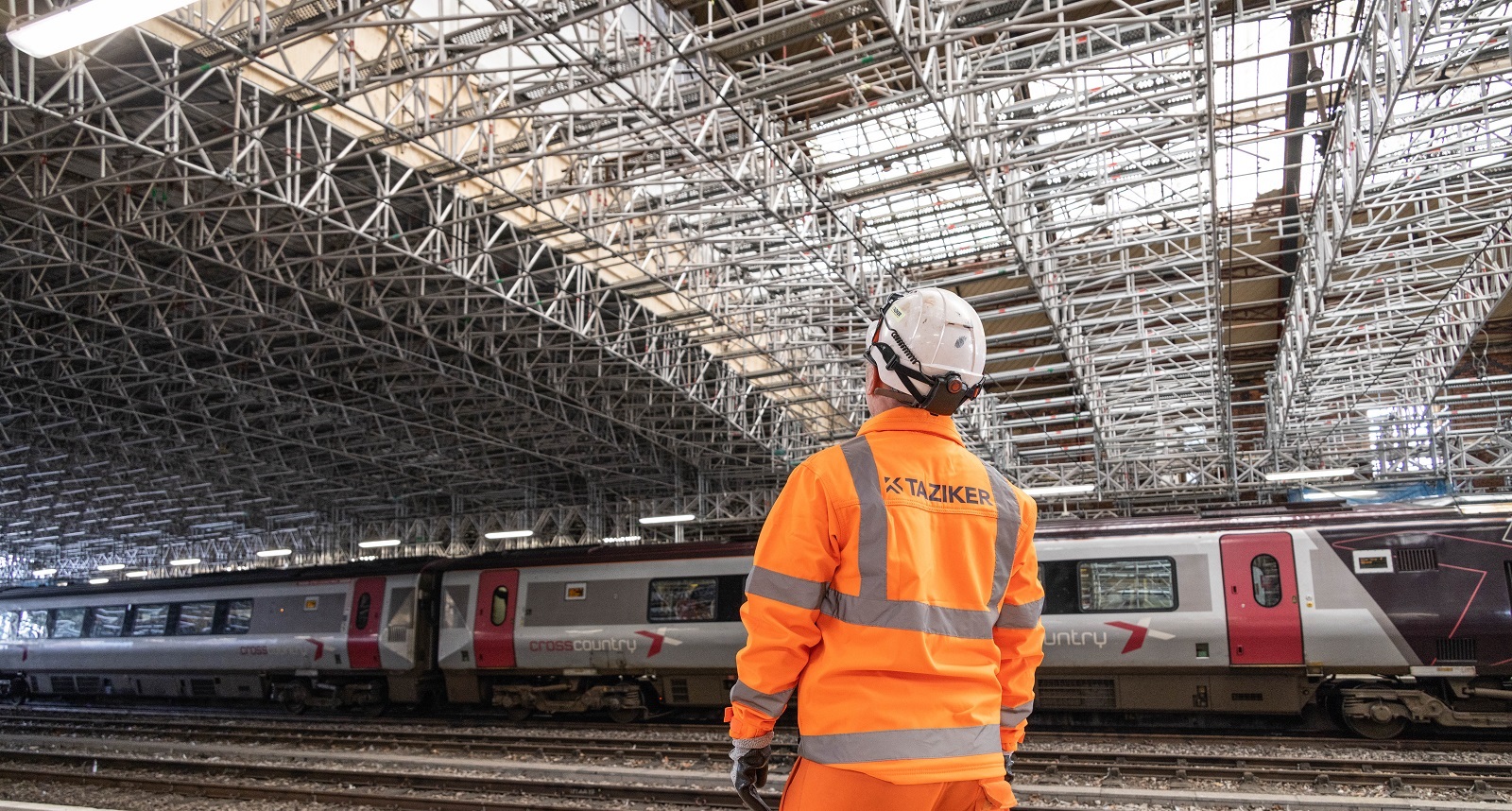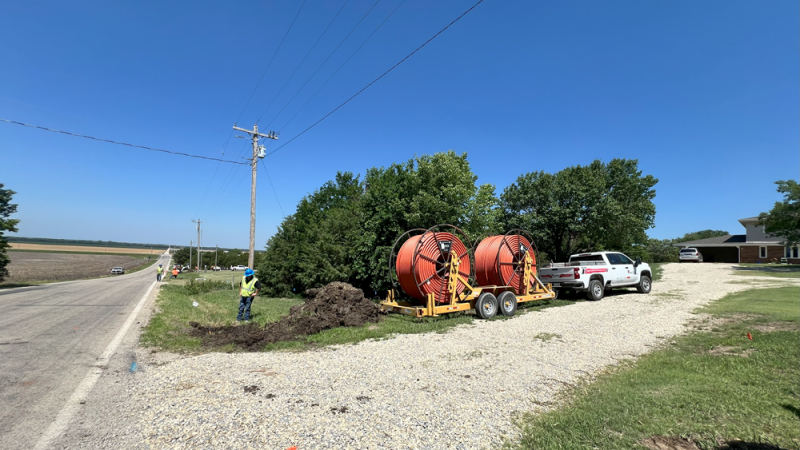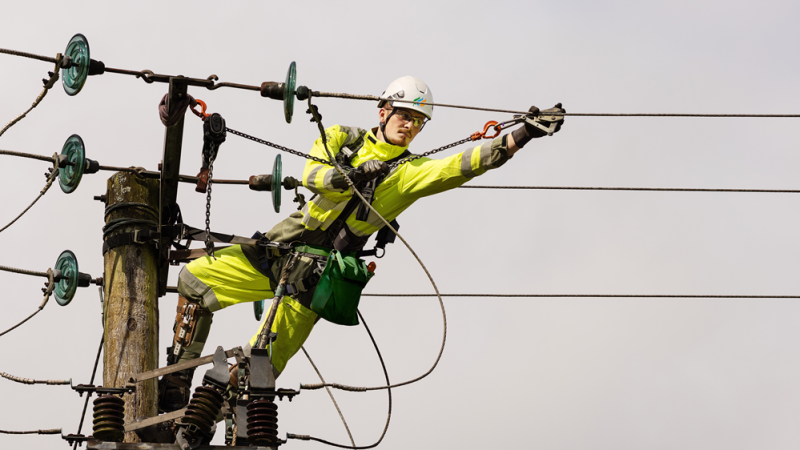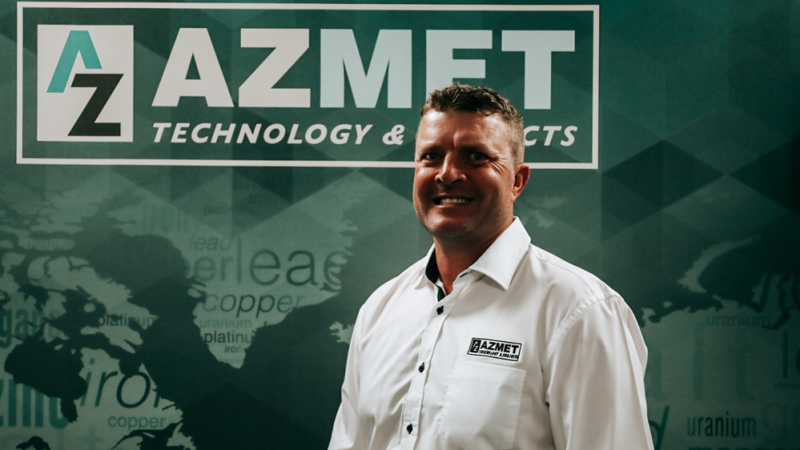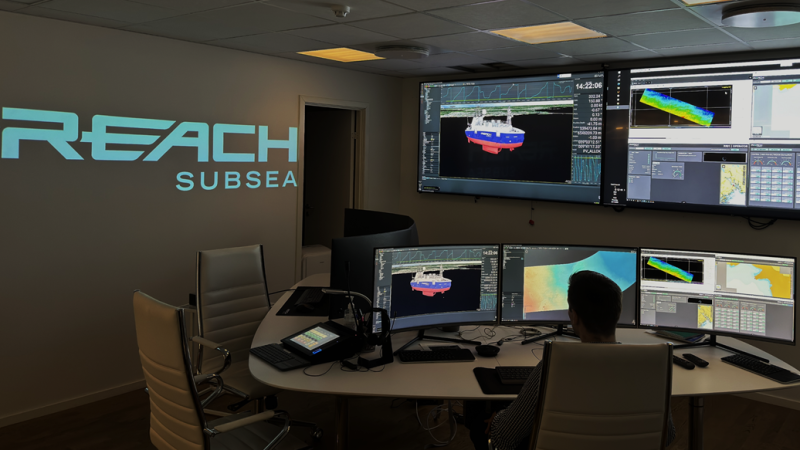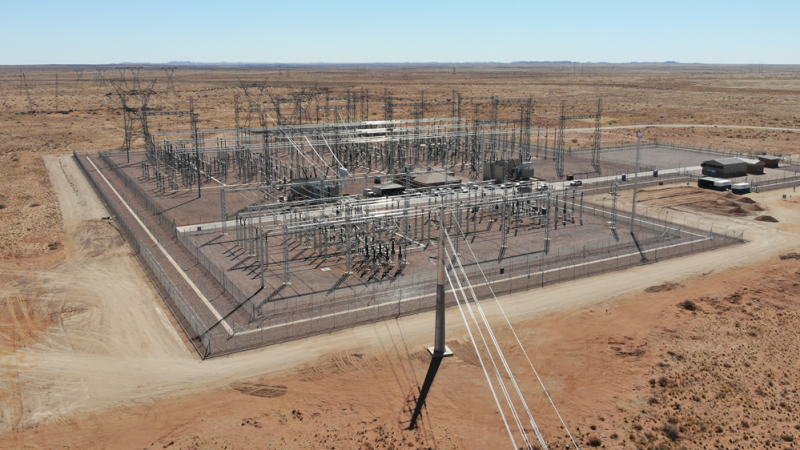When we last looked at Taziker we found a company working across the rail, highways, local authority, defence, and industrial sectors. It was a company that had built a reputation for providing excellence across the full spectrum of renewals and maintenance services.
But it was also a company whose great strength was its ability to evolve its offering to meet the changing needs of the client.
When we return to visit Taziker, the company has evolved again, as we find it steered by the new CEO, Steve Corcoran.
 “The business looked interesting to me,” Corcoran tells us. “After 30 years in construction, I was interested to get involved in an adjacent sector. Taziker had a good position in the marketplace and an appealing culture and environment.”
“The business looked interesting to me,” Corcoran tells us. “After 30 years in construction, I was interested to get involved in an adjacent sector. Taziker had a good position in the marketplace and an appealing culture and environment.”
With new leadership comes a new perspective on the company, and Corcoran was quick to see the qualities that set Taziker apart.
“What I really like about the business is that it’s an engineer-led, discipline-led business, self-delivered with strong cultural engagement around quality and compliance,” he says. “It doesn’t hurt that it’s related to critical infrastructure, which will always be a strong area for spending and investment, meaning it has a reliable market.”
While the business itself was appealing, Corcoran was also aware of the challenges, stepping into the role in 2020 at the height of the Covid-19 pandemic. Fortunately, Taziker was able to maintain operations throughout the pandemic, and as restrictions lifted the company returned from home working to working out of its main facilities and operational centres, while also establishing a new one. During the pandemic Taziker established a specific corporate office, creating more space for its operations while allowing its service capabilities to work without disruption.
“That was all planned out by the team before I came in, but we maintained our operations across the line mainly because we are aligned to critical infrastructure, and that had to continue across highways, rail, and beyond,” Corcoran explains.
But while Corcoran is keen to give credit to the existing team where it is due, he has also played an instrumental role in changing the company’s fortunes.
“When I joined the business needed to look and operate differently following a challenging time in terms of performance,” Corcoran says. “We were operating at a £1.8 million loss, we’re now at £4.5 million profit. We turned it around through the Covid period, growing our revenue and improving trading. And it’s the positivity of our people that allowed that.”
A Transformation
Since taking over the company, Corcoran’s role has been to build on previous work, but also put his own stamp on the company.
“We have seen a lot of change and development, some of it building on existing foundations, some of it extending what was already here and some of it changing what was in play and adding something new,” Corcoran says. “When I started the business was turning over approximately £50 million, but it needed far more in terms of internal access capabilities. Too often we found ourselves in need of advanced qualified scaffolders because those teams were working on projects external to the business.”
Corcoran led the company through a process of repositioning and consolidation to generate that internal service capability. This involved selling off some of the existing units of the business and investing that revenue back into the core business. Already, the business is strong.
“Last year’s accounts presented £76 million turnover, a net 50% increase, despite the removal of £20 million external access revenue associated with the discontinued activities, and this year we expect a significant uplift again. Revenues have increased, and we are improving our core activities having disposed of that external scaffold capability,” Corcoran explains. “We have extended our skills in structural steel repair and coatings capabilities in the rail market. Fundamentally, we intend to offer our services to a much broader base. Bridges are bridges and steel structures don’t have to be exclusively railway, so we are targeting other markets that can use our core skills, driving growth.”
While Corcoran has disposed of some of Taziker’s external capabilities, he has also looked at the company to find other potential revenue streams.
“We looked internally at our capabilities and found areas of specialism we could extend to become profit-making activities, such as structural steel strengthening, repair and fabrication work, which are all now dedicated capabilities within the business,” he says.
Growth in a Volatile Space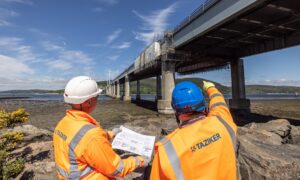
Corcoran came to Taziker during the height of Covid-19, but it would soon turn out that this was only the first of a series of international challenges facing the world.
“You cannot turn a blind eye to the environment we’re in. In planning, prep, and budget processes, nobody could have foreseen the situation in Ukraine and the challenges it would bring directly to us as a business with fabrication and steel at the core of our work,” says Corcoran. “Financial woes have continued since then in terms of inflation, cost of living increases, and fuel. We are a site delivery business, so this all has an impact on our operational fulfilment and the cost of borrowing. Then there is also access to skills, with Brexit disrupting supply chains and skilled labour. So the most challenging aspect is how to support growth in a volatile environment.”
However, Corcoran is confident about the company’s ability to grow. Taziker’s self-delivery model gives it added confidence around pricing, skills, capabilities and the quality of work it can provide as the business scales up.
“It is about targeting the market and looking at how to connect to specific areas,” Corcoran says.
Instead, the challenges Corcoran is concentrating on are around the ability of the market to fund and finance large projects.
“Ultimately any form of construction is expensive, the cost of capital is expensive and so the cost of delivery increases, alongside wage pressures from fuel and cost of living,” Corcoran says. “The biggest problem for us is certainty over delivery and timings. You can have everything in place, but the contract will get delayed and deferred.”
A Path to the Future
While Corcoran is doing everything possible to navigate that situation he is keen to emphasise that Taziker is working with critical infrastructure, and the government has a responsibility to support that beyond the needs of shifting political priorities.
“As an industry we still suffer from this sort of volatility in workflow, particularly with public sector spending moving to the right, making it hard to maintain good core personnel with an expectation of income,” Corcoran points out. “We are critical infrastructure orientated, and I struggle to understand why the government doesn’t employ more joined-up thinking. Whether the party in power is blue, red or yellow, you can recognise infrastructure isn’t a five-minute decision. Why can’t the government have a cross-party team with a 20 or 25-year development plan?”
As for Taziker’s own vision for the future, to Corcoran that remains clear.
“Our plans for the future are to retain our self-delivery capability, grow our reach in the market and add disciplines to our core competencies from lateral areas around what we do,” he says. “We are monetising our service capabilities where there is a market opportunity and we are identifying markets we can penetrate. For the next three-to-four years we know where our growth is coming from.”
